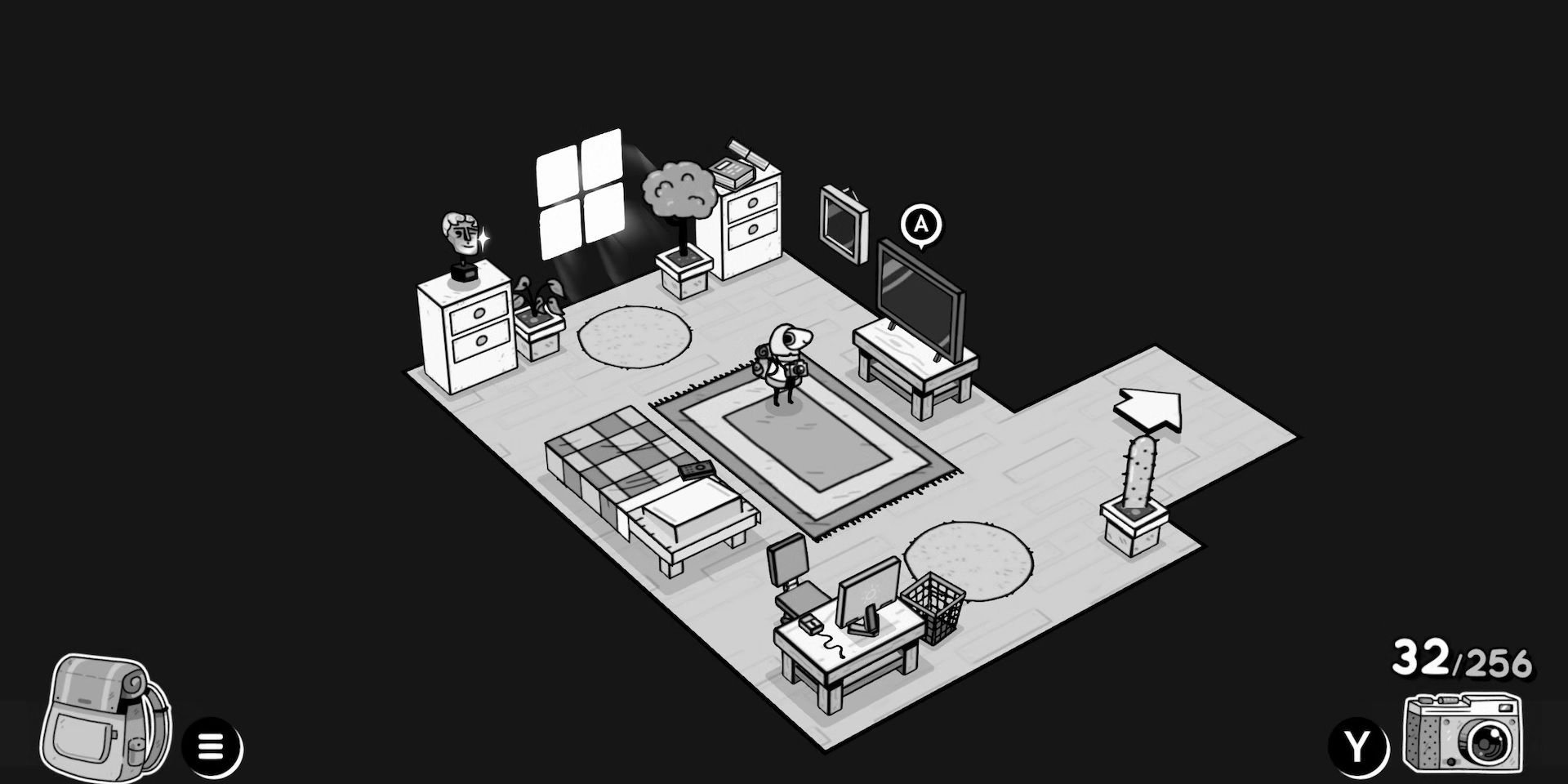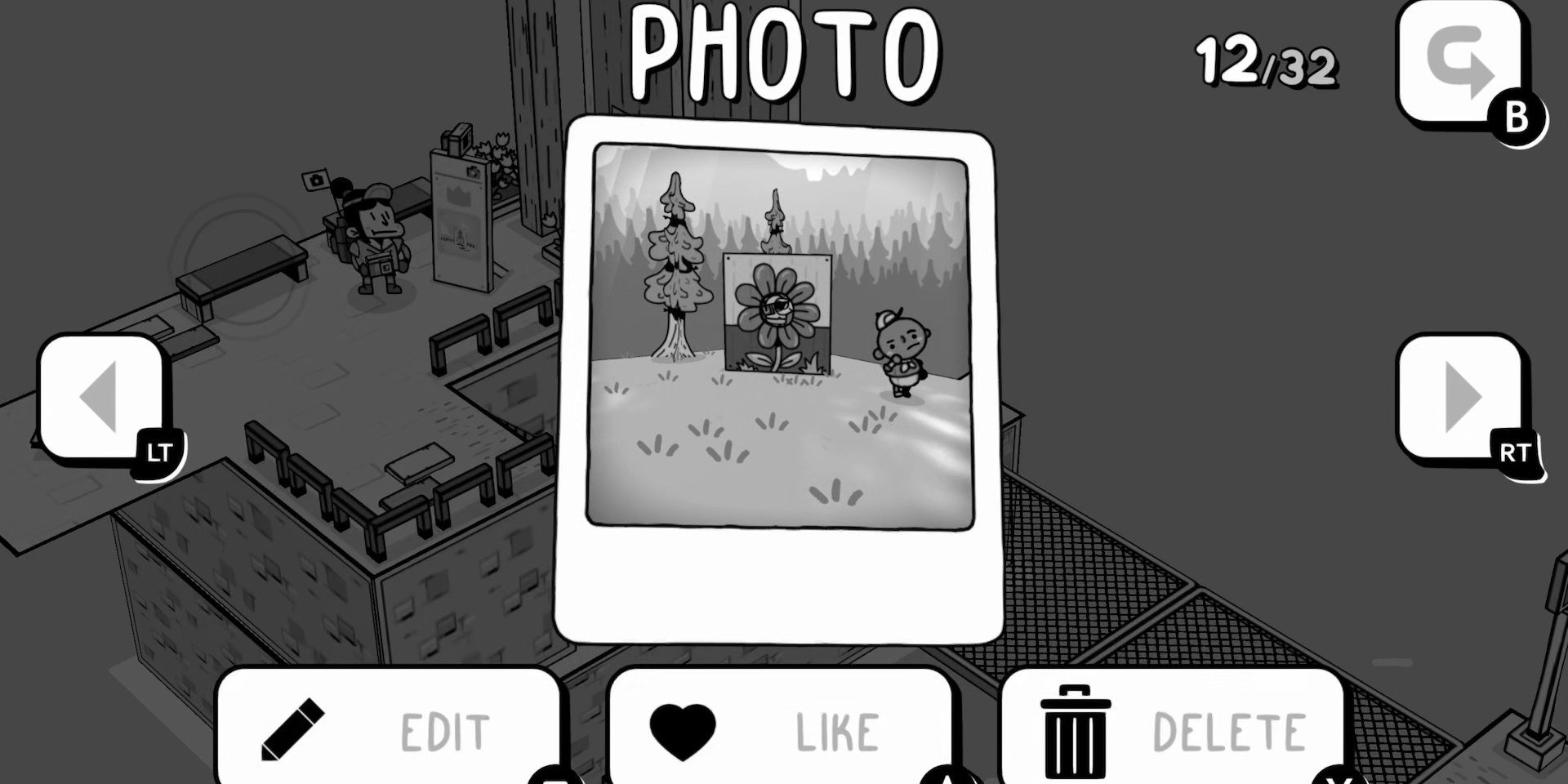Highlights
- Game Pass’s extensive game catalog can be overwhelming, but finding a game that respects your time is a pleasant surprise.
- Toem, an indie puzzle game on Game Pass, has a minimalist opening that immediately puts you into the game without overwhelming tutorials or cutscenes.
- The adorable art and helpful characters in Toem create a wholesome atmosphere and motivate players to help others in the game.
I suppose you’ve got a good game service when the biggest problem with it is how overwhelming the immensity of its catalogue is. Game Pass has that exact issue, with rows on top of rows of titles to choose from. It’s a great issue to have, don’t get me wrong, but when trying something new, I often worry I’ll bet on the wrong horse and snag a game that drags on too long in the beginning. This happened to me recently with Minecraft Legends, where long cutscenes and a drawn-out tutorial phase killed my investment in the game. It probably would’ve picked up eventually, given the good things I’ve heard about it, but with such a library of games to peruse, it did nothing to grab me and make me feel like I wasn’t wasting my time.
While I was browsing the recently-added section of Game Pass, the black-and-white pop-out look of Toem—an indie puzzle game released back in 2021—caught my eye. I took a chance on it and was pleasantly surprised to see that it had somehow heard all my prayers. I’ve rarely seen a game that has as much respect for my time as Toem does. It’s not like it threw me in the deep end either; I was never confused about how the base mechanics worked. The opening doesn’t rush you along or hold your hand, it just gives you everything you need to play the game. Like the boxy, top-down islands floating in white voids that make up its world, Toem’s opening is an exercise in minimalism—and it works brilliantly.
From one button press, Toem puts you right into the game. You start in the bedroom of your moomin-adjacent player character, given you the freedom to either walk around and interact with nearby objects to get a feel for the controls or beeline to the next room and start your adventure. Getting to play the game upon starting the game isn’t a novel concept, but it’s a breath of fresh air at a time when games more and more start with an opening cinematic and a dedicated tutorial that feels isolated from the game proper. There’s nothing wrong with either of those things, but I like Toem’s more limited scope. It doesn’t need a cutscene to convey its story, just some dialogue from some cute characters and an immediate opportunity to get you acquainted with the game’s controls and mechanics.
Speaking of cutesy, while this isn’t a point every game can emulate, the adorable art of Toem certainly helps draw you in. Mixing black-and-white with the style of a pop-out storybook, it all looks straight out of the sketches bouncing about a child’s imagination—and the sensibility more than matches. Characters are friendly and helpful with escalating goofy antics as the adventure carries on, such as a gang of hedgehogs punting a log to clear your path or a lighthouse keeper that uses a massive horn to honk at boats in peril. This is set up very well in the opening. After you get your camera and go to get a ticket for the bus, the ape at the desk informs you of what you’ll be doing to progress, collect stamps by doing good deeds for others which—when enough are collected—will let you travel to the next area for free. Having everyone be motivated by aiding the community really gives a wholesome vibe up front that made me eager to go out and help whoever needed it.
What the opening of Toem does that’s real nice from a game design perspective is letting you figure things out by yourself in a relaxed setting. Once you get your camera, you only need to do a sidequest or two to get going. However, there’s no need to rush—and the opening drops a heaping of hints that get you to start thinking ahead. In that bedroom where you’re interacting with objects for the first time, empty frames on the wall will tell you that you need an album to display things in them, getting you to expect the existence of album and feel affirmed when you soon receive one. Once you get that album, you can immediately flip through, with bookmarks on its top indicating sections which lead you to see blank spaces with animal names underneath. This means you know exactly what to do when you see animals outside and feel awful clever when taking a picture of a cow comes with fanfare.
Toem gives you exactly what you need when starting a game: a grasp of the controls, hints toward future content, and a reason to get invested. It gives you nothing more and nothing less to equip you with everything you’ll need before you get on the bus and leave for the first area—which is a fully fledged area alike the rest seen in the game instead of another tutorial. Not every game needs to adhere to its formula, but I’d love to see its more minimalist game design applied elsewhere.
[ad_2]






